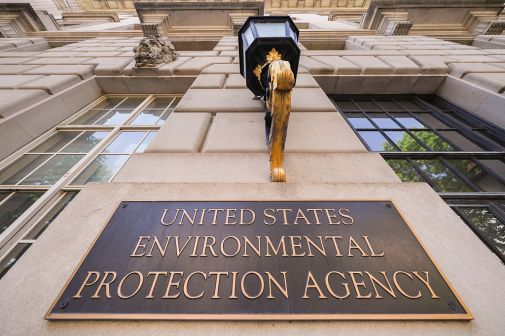New OMB guidance kickstarts agency IT modernization efforts
The White House issued proposed guidance Wednesday to help agencies identify and prioritize their legacy systems in need of upgrades, U.S. CIO Tony Scott announced.
The guidance starts agencies down the path of developing modernization plans for “specific high-risk, high-priority systems,” Scott wrote in an Office of Management and Budget blog post.
Scott’s introduction of the draft guidance comes as the Modernizing Government Technology Act sits awaiting Senate consideration after quickly passing the House in September. The legislation would create both a centralized modernization fund that agencies could borrow from and individual agency modernization funds they manage on their own. As it stands, though, there’s no money associated with the bill.
“Modernization would improve the ability of these systems to deliver the necessary levels of functionality, security, and efficiency to satisfy and secure the needs of agency users, stakeholders, and the American public,” the post says.
Of the $82 billion planned for federal civilian IT funding in fiscal year 2017, the post says, 78 percent — or $63 billion — of it is dedicated to operating and maintaining legacy systems.
Scott added: “Moving the Federal Government to modern infrastructure, such as cloud-based solutions, is a fundamental necessity to building a digital government that is responsive to citizen needs and secure by design. Doing so will enhance agencies’ ability to protect sensitive data, reduce costs, and deliver world-class services to the public.”
Scott’s proposed modernization planning is comprised of four phases: development of updated enterprise roadmaps, which OMB requires annually; identification and prioritization of systems based on criteria established by OMB; development of modernization profiles for identified legacy systems; and execution of upgrades.
In it appendices, the guidances lays out the minimum criteria for modernizations, as well as templates for detailing systems information and modernization profiles.
Scott said at a recent event earlier this month that the new guidance would push agencies to begin looking at opportunities to modernize, regardless of the outcome of current IT modernization legislation making its way through Congress.
“You have to know where you are,” he said. “You have to understand what you’ve got.”
[Read more: U.S. CIO developing ‘State of IT Report’ to complement IT modernization legislation]
Scott has said numerous times recently that the best way to encourage support from Congress for IT modernization efforts is to “send the right signals” by showing the impact of such projects.
“We’re going to make some mistakes along the way, I’m quite sure, but … it’s important I think we get started, we get some momentum and we get the lessons learned very quickly in terms of what it’s really going to take,” he said at ACT-IAC’s IT Modernization Forum. “And over time one of the most important things is that as a community … that we send the right signals to Congress and whoever is in the administration.”
Scott called the MGT Act’s current lack of funding “a problem that we hope to correct as we go further down the process.”
The proposed guidance is open to public comment for 30 days.






